
Alopecia is a medical term for hair loss. There are many types of alopecia and the condition may occur due to many factors. The common characteristic of all types of alopecia is hair loss that is unaesthetic and unappealing.
In alopecia areata the person loses hair from the scalp or other parts of the body in a particular manner (patches). In case the hair affects the entire scalp the condition is known as alopecia totalis. And finally, loss of all hair from the entire body is known as alopecia universalis.
What Causes Alopecia?
There are several different hypothesis associated with alopecia areata. It is obvious that genetics plays a significant role in occurrence of this skin condition. Furthermore, the condition is considered autoimmune and the damage to hair follicles and consequent falling of hair results form the attacks of antibodies.
There are even cases of congenital alopecia. This condition is extremely rare. People suffering from congenital alopecia have no hair at all or the hair is drastically thin. The condition also includes several more disorders related to nails, teeth etc.
Premature (or presenile) alopecia affects young as well as middle-aged men. The condition develops gradually and leads to partial hair loss. In women this type of alopecia features with hair thinning while loss of hair from localized parts of the scalp occurs very rarely.
Seborrhea alopecia is a complication of seborrhea. The hair is greasy and the scalp is peeling. The hair is generally thinning and in some cases the condition may cause loss of hair.
Cicatricial alopecia is a severe type of alopecia in which apart from hair loss (which is permanent) the affected skin is replaced with connective (scar) tissue.
And finally, in alopecia areata hair loss is in a typical form of patches. There is one or several spots affected by hair loss. With proper treatment (and in case the underlying cause is identified and treated accordingly) lost hair can be successfully restored.
Treatment for Alopecia
Treatment for alopecia depends on the underlying condition and causes that has led to hair loss.
In case of premature hair loss in men there is no cure. The hair is lost for good and the only option is hair transplantation. Women suffering from hyperandrogenism-induced hair loss undergo medicamentous therapy that can block the effects of male hormones responsible for hair thinning and hair loss. People suffering from seborrhea are supposed to keep the disease under control and this will prevent potential hair loss.
Patients suffering from alopecia areata are most commonly treated with corticosteroids and minoxidil. Corticosteroids act effectively against inflammation and they can control autoimmune response of the body. Minoxidil is a topical drug that cannot stop the progression of the disease but it is able to induce growing of new hair. However, once the treatment is over unless the condition is brought under control the hair may fall out again.


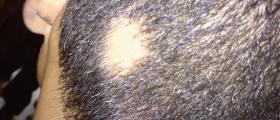




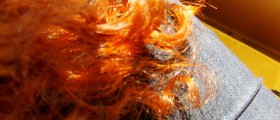
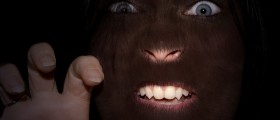



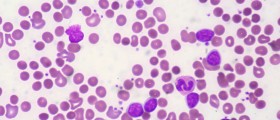


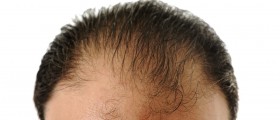

Your thoughts on this
Loading...